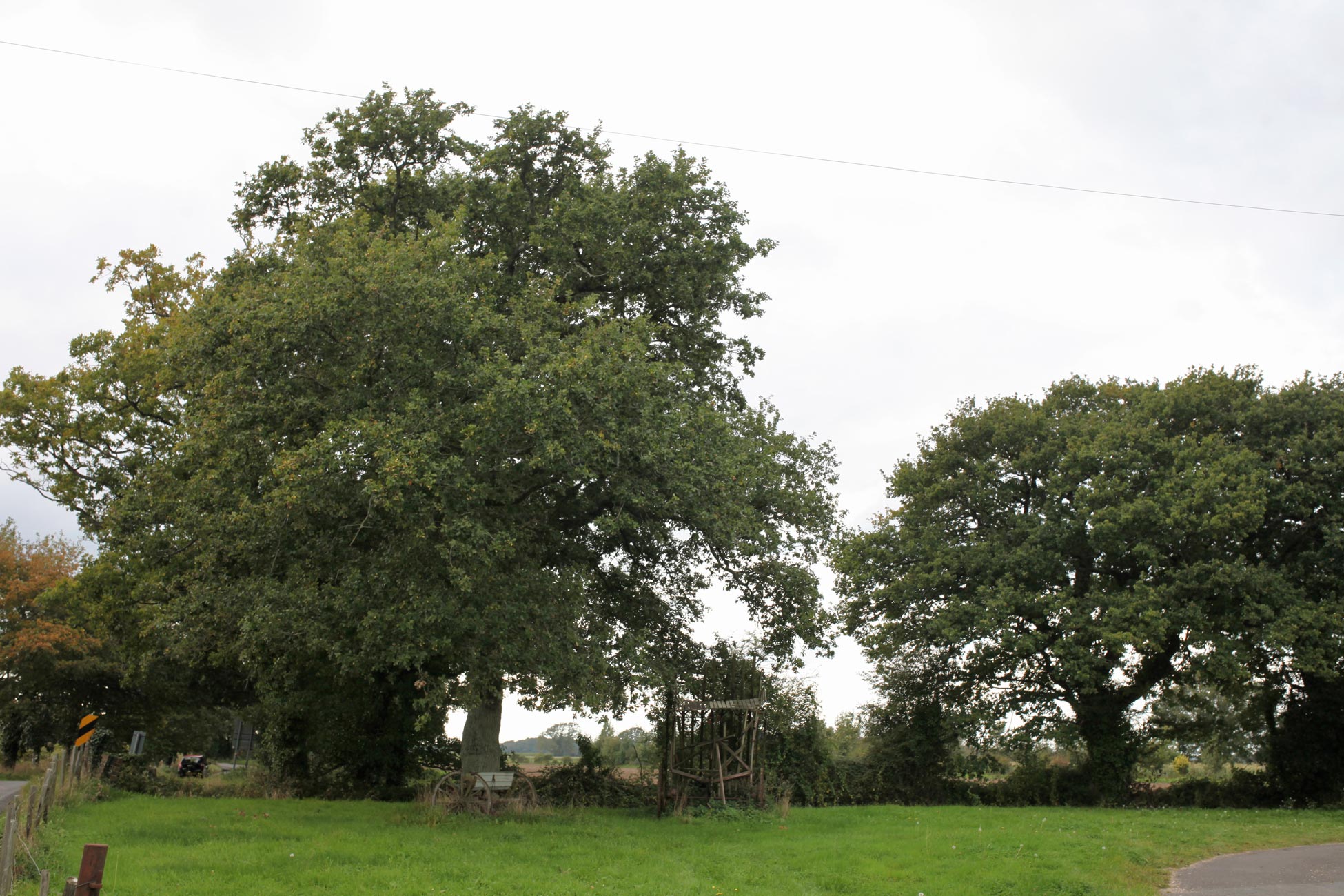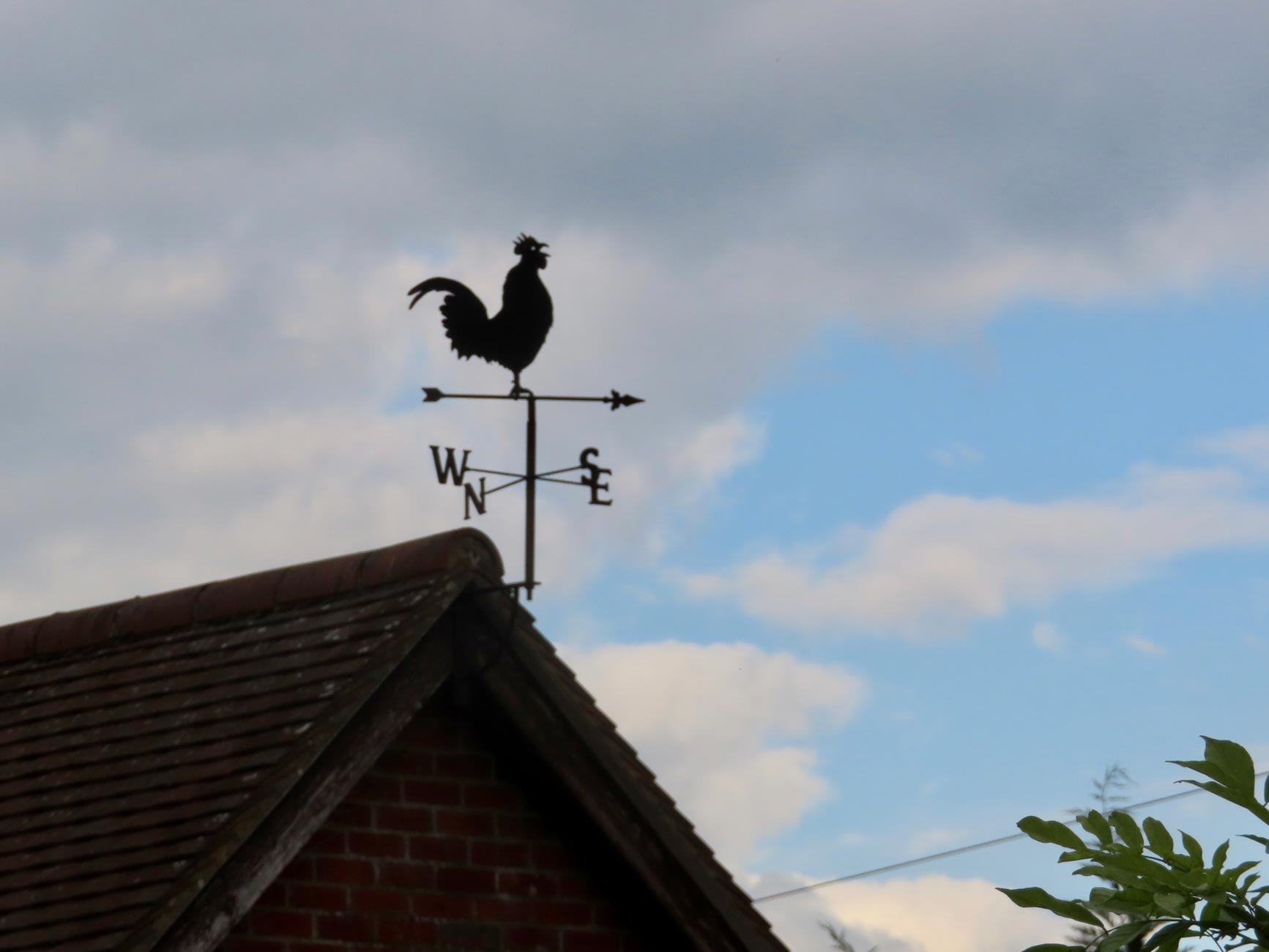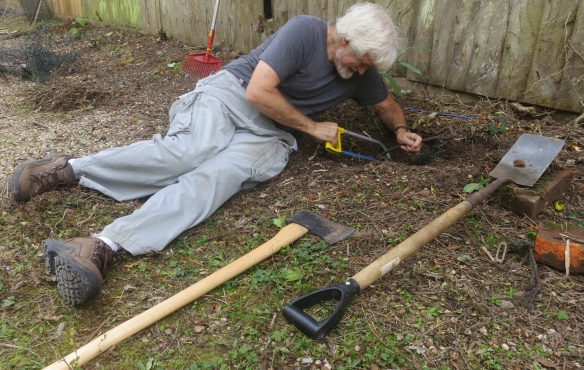Anyone who has followed my last two posts will know that I have been having a great deal of trouble gaining satisfaction from my bank. This morning I received another e-mail informing me that the “smart” form could not be actioned because there were some discrepancies in my answers. Back to the phone I returned. The first person I spoke to passed me to another department, telling me that they would be able to fill the form in for me. The second man either had a hangover, had had a bad night, or hadn’t got out of bed yet. He was patently disinterested and ultimately downright rude. I was remarkably contained and firmly polite. Jackie would call this quietly terrifying. He told me he could see what was wrong and said that I would need to fill in two more forms. I informed him that I wasn’t going to and that the previous person had told me he would be able to do it for me. With a curt “I’ll do it for you. Thank you. Bye.” he hung up.
I opened my account at what was then the Westminster Bank in 1960. Sometime in the next six decades a merger changed the company to NatWest. As technology has taken us over customer service has been put out to grass.
My two nearest branches have been closed. Jackie drove me to Lymington so I could see a real person. After a 30 minute wait I only had time to explain what had happened before we were due to leave for a lunch date with Helen, Bill, and Shelly. I was promised a phone call between 4.30 and 7.00 p.m. and given the card of the helpful ‘Personal Banker/Techxpert’ who gave me the undertaking.







Our lunch was taken at Tyrrell’s Ford Country Inn, a well maintained very comfortable example of what Jackie calls “faded grandeur”.


My mains choice was well cooked fish, chips, and mushy peas; Jackie’s was a plentiful ploughman’s lunch. I couldn’t resist a most toothsome blackberry and apple crumble and custard for dessert. Jackie chose salted caramel ice cream. I drank a Ringwood beer; Jackie drank coffee. No further sustenance was required this evening.





The spacious lawns were well mowed; rhododendrons were in full bloom; the ample fruit of heavily laden sweet chestnuts swept the grass beneath them.











On our return along Derritt Lane we passed a field containing a derelict farm vehicle. Ivor’s comment below reveals that this equipment is Canadian. While I was photographing it Jackie pictured


a weather vane and a dandelion clock.
I didn’t receive the phone call, but I did earlier receive a standardised e-mail containing this wonderful sentence: “We would be looking to issue you a temporary credit by 6pm the next working day, pending investigation.” I have no idea who actually initiated it.












